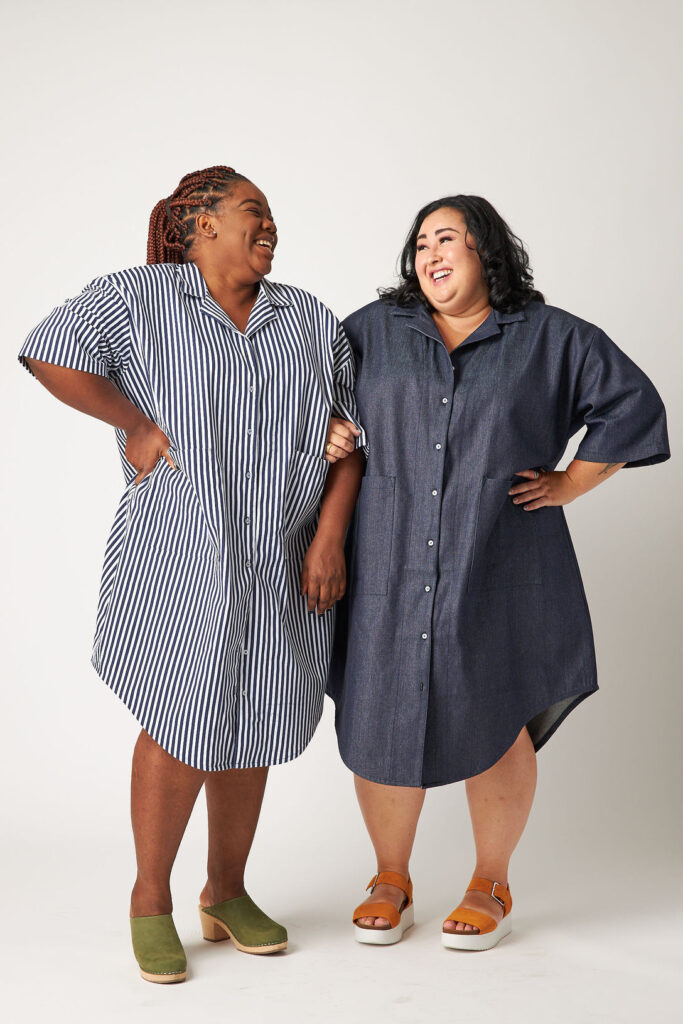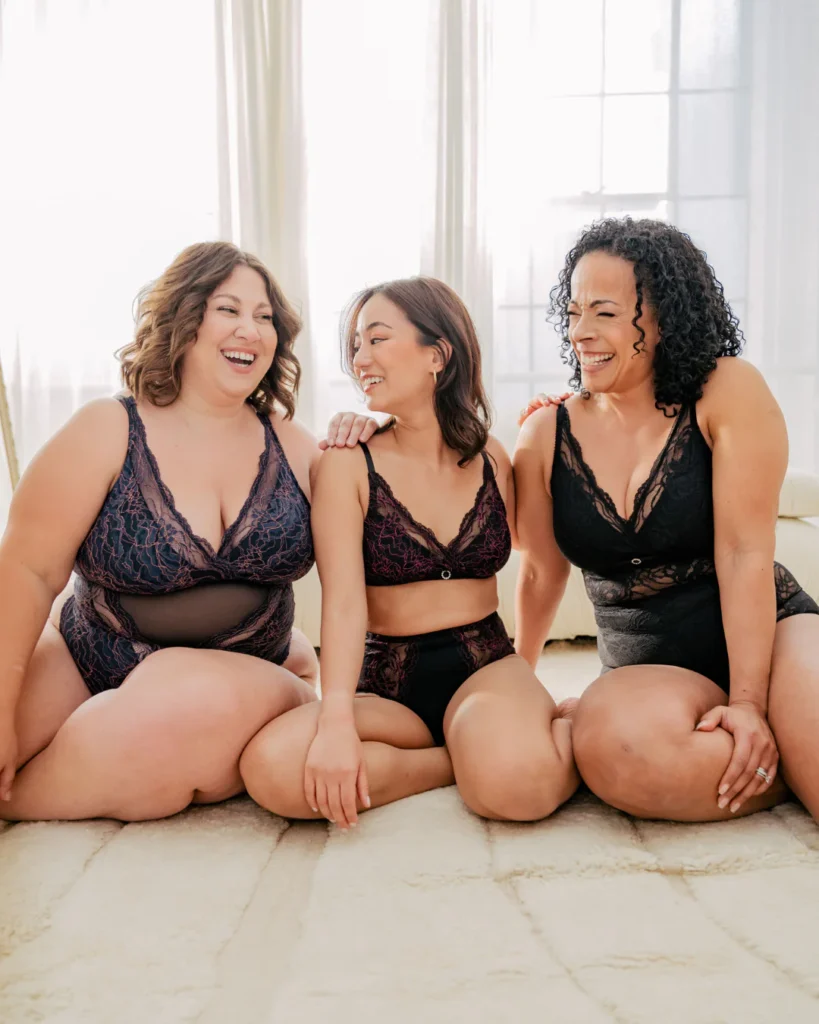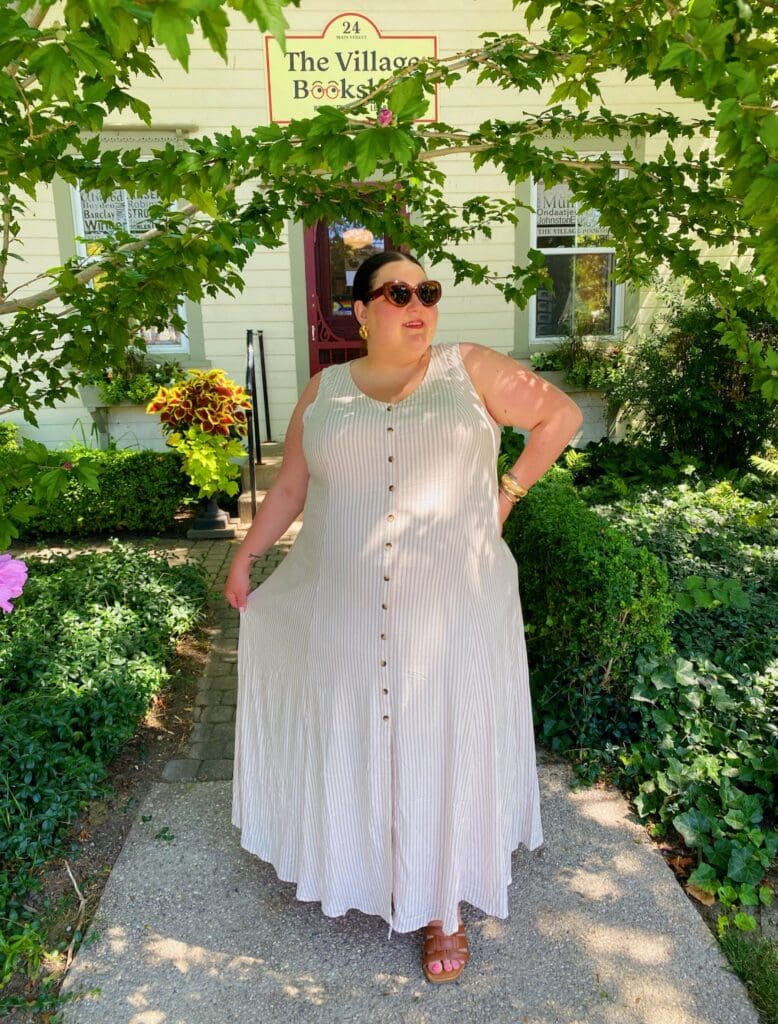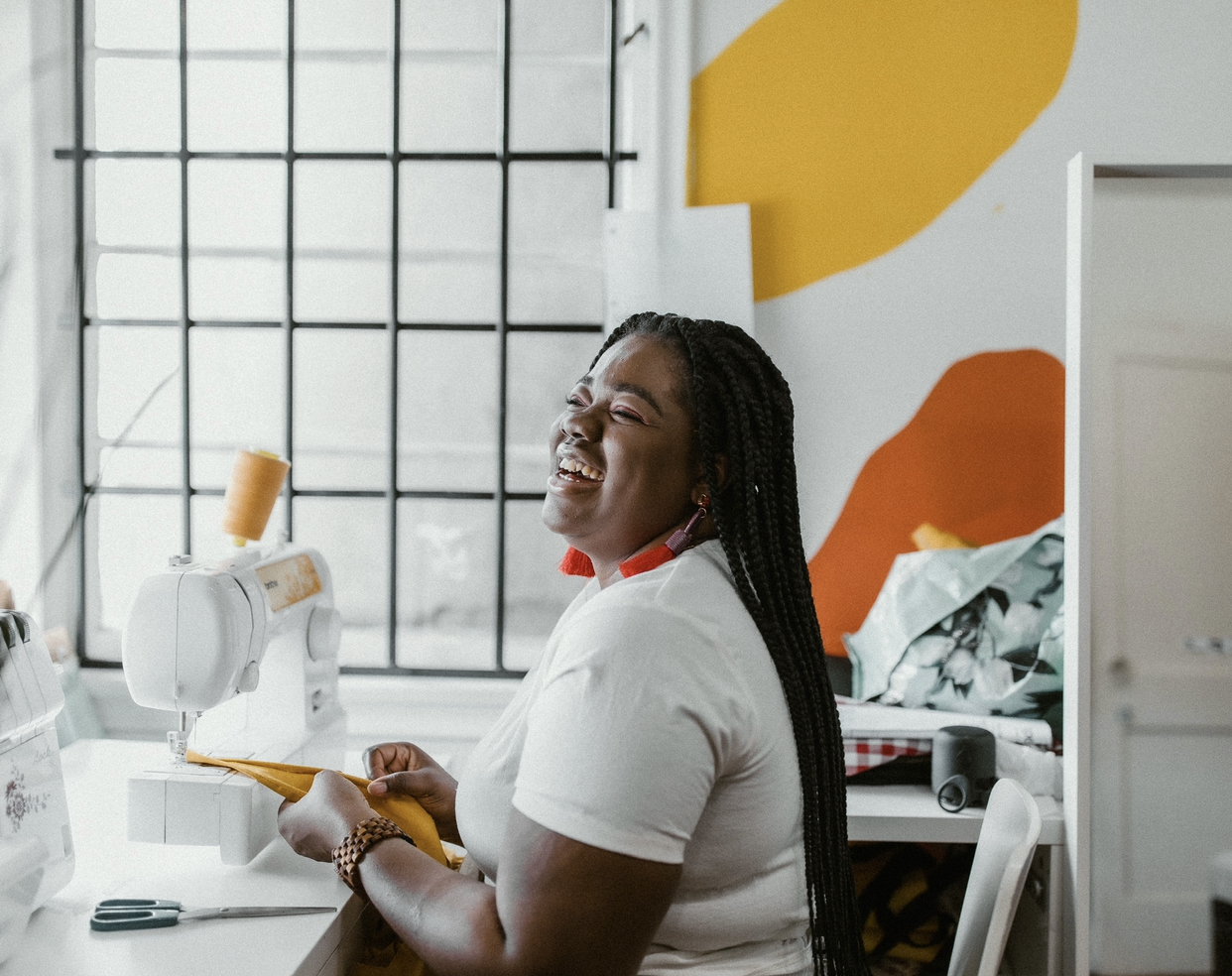Trends may come and go, but the environmental impact of our fashion choices stick around. And the antithesis to fast fashion has emerged: slow fashion. In a nutshell, slow fashion hits pause on the furious pace of clothing consumption in favour of fewer, better-quality items. But is this approach good for everyone?

In late June, Vancouver-based fashion designer Ogechukwu Ajibe asked that question on her brand’s Instagram page, @ogeajibe: “Is buying less the best advice for people whose bodies constantly change?” It got almost five times the likes as her previous post, and dozens of comments. Ajibe herself suffers from an extreme hormonal imbalance that causes her weight to fluctuate. The post was inspired by a TikTok video on street style, where a woman in her 60s is stopped and points out that the denim she is wearing is from her youth.
That got Ajibe thinking. “I can’t even fit into the clothes I bought as of December, because my body keeps changing,” she says. “So that was actually what made me ask that question. I was genuinely wanting to know, are other people going through this? And for someone who preaches and who tells people to only buy what they need, and buy less, does that also include me and other people who their body keeps changing?”
Thanks to the rise of fast fashion, we buy and discard more clothing than ever before—much of it cheap and disposable, made to last through a season’s trends and no longer. Canadians, per person, discard around 37 kg of textiles every year—globally, it amounts to 92 million tonnes of waste. Through this lens, 40-year-old denim is aspirational, not because of body size, but because it’s the kind of high-quality item we should all have in our closets. But what if our bodies refuse to cooperate?

Nadine Woods founded Mayana, a lingerie brand, based on changing bodies—specifically, women’s pregnant, postpartum and menopausal bodies. “When I had a baby, the most important foundational piece that I needed for me to actually feel supported … was my undergarment,” she says. “In terms of the design, we really focus on garments that are able to fluctuate with your body.”
The bottom line for Woods is learning to love your body—in all its iterations. “I deal with a lot of body changes for women, so I specifically focus on people while they’re going through very vulnerable changes in their life,” she says. “So forcing yourself to squeeze into something you once were is not really healthy from a mental health perspective. And it’s unrealistic.”

This sentiment resonates with plus-size fashion influencer Alicia Gilby, who doesn’t recommend trying to force an item that no longer fits. “There’s a lot of people who gain weight, and then they have everything in their closet from their previous weight … I think that works against being confident in your own body.” Her Instagram page @curvy_chronicles has a community of more than 100,000, who follow her body positivity and size-inclusive content. “I personally would recommend buying clothes and the size that you’re currently at, whether that means just a couple of items which make you feel really good and confident,” she says.
In Ajibe’s view, there’s more than one way to think about sustainable fashion, and cautions against buying things that aren’t needed. “Which, unfortunately, fast fashion keeps pushing that,” she says. She gives the example of buying fast fashion and not being able to return it—even if it’s ill-fitting or quickly out of style. In her view, there are opportunities to consider sustainability in every step of a garment’s lifecycle: buying, wearing and discarding.
Woods has a similar viewpoint. “I think it’s about buying with intention, and not so much the quantity,” she says. “There is a huge wave in the sustainability realm to not buy at all, when what we should be doing is divesting from these larger corporations that are taking advantage of people, manipulating them so that they feel unworthy.” She points out that a form of shaming can happen online when people do buy. “But you wouldn’t be contributing to the problem if you’re buying from people who are producing in an ethical way, who are doing their best to source fabrics that are healthy for you and the planet.”
When both Ajibe and Woods design their clothing, they keep changing bodies in mind. In Ajibe’s case, that can mean an elastic waist or an oversize dress that can be belted to suit a changing figure. In the future, she wants to focus on event clothing. “Imagine adding a drawstring to a dress, a wedding dress, that you can pass that on… and they are able to wear it,” she says. At Mayana, the lingerie is made with stretch fabric and a clasp-free fit. “We mill all of our laces specifically from scratch so that they function with our patent,” says Woods. “Because we have the only bra in the world that you can pull down without a plastic clip,and is true to size.”
For those dressing a changing body, a few words of wisdom: “Try to spend your money on things that you can always fit in, no matter your body,” says Ajibe. Gilby has a similar sentiment: “Find one or two pieces that you feel really confident in. Or if you find pieces that you like the look of, but you don’t feel like you personally could wear that… put it on anyway.” Woods recommends “classics,” like a “crisp white shirt,” and “investing in pieces that you are proud to wear.”
One thing is certain: the only constant is change. “Whenever the world started, there were fat people, there were slim people,” says Ajibe. “And when the world end, if it ever does, there are still going to be fat and slim people. So women’s body, or people’s body in general, we keep changing.” —Jill Von Sprecken

Be the first to comment